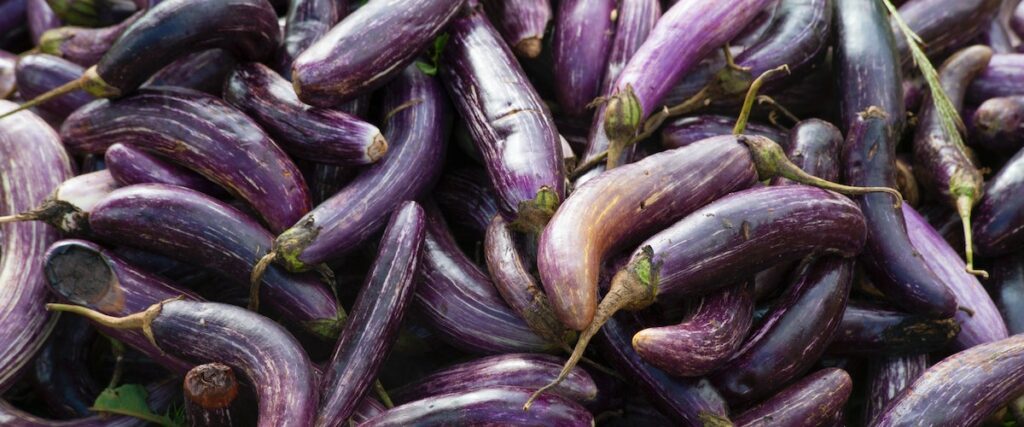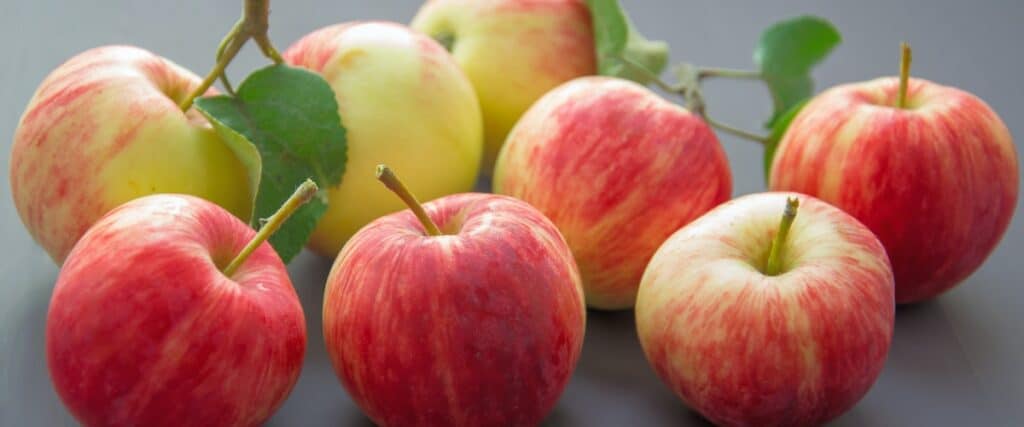Adopting a new healthier lifestyle can involve changing diet to include more fresh fruit and vegetables as well as increasing levels of exercise.
Edward Stanley Tweet
Benefits of Fruits and Vegetables Skins
- Fruits and vegetable skins offer significantly more fiber, vitamins, antioxidants, and minerals, and are lower in sugar than their flesh counterparts. They are the best friends you can have for your body. Frequently desecrated, but vital are fruit and vegetable skins. Some dieticians aggressively promote the use of fruit skins for several reasons.
- Our current food supply has become overrun with “food-like” items. During the production process, they are stripped of their nutrient storage, the skins, which encourages them to consume too much. Peels include a variety of nutrients and non-nutrient substances that are beneficial to health. For instance, phytonutrients found in fruits and vegetable skins are essential for your body’s functioning. That’s why experts recommend eating most fruits and vegetables without peeling them.
- To begin, studies have shown that adding the bulk of food to the peels reduces appetite and helps you feel fuller, potentially contributing to weight loss. This is owing to the high fiber content in the skins of fruits and vegetables. Fiber may achieve this by physically extending the stomach, reducing the rate at which it empties, and hence leading to fullness.
- While exercise is important for brain and body health, studies have shown that it has little effect on weight loss when compared to what people eat. The fiber, which is found in fruits and vegetables, can help curb hunger thereby reducing the amount of food eaten.
- Magnesium is an essential component present in peels. Magnesium has long been known for its ability to generate energy and aid in DNA repair. It is also used by about 300 enzymes in the body, making it quite popular. It is thus a macro-mineral” required in considerable amount to maintain maximum health and performance.
- Non-Soluble Polysaccharides found in peels include hemicellulose, pectin, tannins, and gums. These are thought to help bind toxins in food, protect the intestinal mucus membrane, and lower cancer risks.
With this in mind, experts advise not discarding the peels of the following fruits
Fruits and Vegetables Skins for You
Eggplants

Are you still looking for a fruit and vegetable skin you should eat? Consider eating eggplant with the skin on if you want more fiber, flavonoids, and magnesium.
That deep purple pigment of the eggplant has also yielded a chemical known as nasunin. Nasunin is a potent antioxidant that belongs to the anthocyanin family. Other research has discovered that nasunin binds to iron, which is a good thing because too much iron in the body can create a variety of negative health issues.
Citrus fruits

Citrus fruits like oranges and lemons are widely available. Raw and cooked, their peelings are delicious. They have the highest concentration of antioxidants of any food source. The aroma of fresh lemon and orange peels is due to the presence of limonoids, compounds found in citrus fruit.
Limonoids are now being studied for antiviral, antifungal, antibacterial, antineoplastic, and antimalarial properties. Citrus limonoids have been proven to aid in the treatment of malignancies of the mouth, skin, lung, breast, stomach, and colon in animal and human cell studies. And limonin, a metabolic by-product of these limonoids, can stay in the bloodstream for up to 24 hours, which may explain part of its anti-cancer properties.
Lemons are another fruit that has been used in traditional treatments for as long as anybody can remember, because of their health benefits. Lemons’ peels also include two other compounds: limonoids (a category of chemicals) and limonene (a substance), both of which have been shown to have anti-cancer properties.
Apples

Since their reputation as the tiny fruit that brought down the Garden of Eden, apples have certainly rehabilitated themselves. Its peels, on the other hand, are a marvel, containing insoluble fiber, vitamin C, vitamin A, and the flavonoid quercetin, among other nutrients.
Prostate cancer cells are inhibited by the flavonoids quercetin and flavonoids in the skin of an apple. Phytochemicals found in the peel of an apple were found to suppress the reproduction of colon cancer cells by 43%, according to a Cornell University study. Foods containing flavonoids, such as those found in apples, may reduce the risk of lung cancer by up to 50%, according to the National Cancer Institute. Apple peels have been discovered to have strong antioxidant properties and can significantly slow the growth of cancer cells in the liver and colon.
However, we recommend that you buy organic Apples. To eliminate certain intact pesticides, simply wash them thoroughly.
Tomatoes

A tomato is a nutrient-dense superfood that has numerous health advantages. Its nutritional value promotes healthy skin, weight loss, and cardiovascular health. After potatoes, lettuce, and onions, tomatoes have risen to become the fourth most popular fresh-market vegetable.
They have a high content of Naringenin, a flavonoid that may help to reduce inflammation and protect against a variety of illnesses. Cooking tomatoes with their skins on has also been shown to boost the availability of some nutrients.YouarethereforeadvisedtonevertrashtheTomatoe skin.
Berries
Cherries are loaded with anti-inflammatory, anti-aging, and anticancer compounds that don’t show up on your average nutrition facts label. Cancer-fighting agents in cherries include flavonoids called quercetin, as well as ellagic acid and perillyl alcohol, though the exact mechanism is unknown, it appears that perillyl alcohol and its metabolites may inhibit tumor growth. A study at the University of California-Davis showed that consuming a serving of cherries daily significantly lowered the blood uric acid levels of women by as much as 15 percent.
Cherries

You’ll get a surge of sweetness in your mouth after eating a handful of berries. They’re as delicious as breakfast or dessert. However, studies suggest that berries provide a slew of health benefits, including improved cognition, cancer prevention, and blood pressure reduction.
The highest levels of nutrients, especially antioxidants, are found in vibrant, brilliantly colored fruits and vegetables. The skin of berries is considered the most nutritious part of that fruit. The peel offers a lot of antioxidants.
Of all commonly consumed fruits and vegetables, blueberries are among the highest in antioxidant capacity because of their abundance of compounds called Flavonoids. Then there are all those antioxidants and anti-inflammatory compounds, which help fight against cardiovascular disease. The most abundant flavonoids in blueberries are anthocyanins, which have been shown to cross the blood-brain barrier, enhancing signaling in parts of the brain that handle memory.
Grapes

Grapes are well-known for being the sweet fruit fermented into wine and dried into raisins, but are they healthy? They have a lot of health advantages despite a negative reputation due to their sweetness. Absolutely. Grapes are a healthful food, rich in vitamins, antioxidants, and nutrients, with red grape skin having resveratrol, a heart-protective compound.
They are a whole pharmacy of healthful nutrients, many of which are potentially life-extending. Take, for instance, resveratrol. Resveratrol is a compound found in red wine (and usually given the credit for red wine’s health-promoting properties), and in the skins of grapes. Scientists found that resveratrol showed cancer-preventive activity in three major stages of tumor formation. Resveratrol also acted as an antimutagenic, blocking other cell-changing agents from starting cancer. It’s also a powerful antioxidant, helping to protect cells against DNA-damaging free radicals.
Potatoes

Potatoes are known for some surprising health and nutritional benefits. Although french fries and potato skins are high in fat and calories, potatoes themselves are fat-free, cholesterol-free, and sodium-free. Potatoes may be a wonderful, filling, and healthful food when prepared correctly.
The peel of potatoes contains fiber, iron, vitamin c, potassium, and folate which are all needed for a healthy body. So, instead of stripping away those nutritious benefits, use a brush to scrub the potato gently before cooking.
Bottom line
When you consume plants, you also consume the antioxidants and other phytonutrients in them. Those elements serve us just as faithfully and effectively as they serve themselves. Eating the above-mentioned fruits and vegetable skins (peels) prevent cancer, heart disease, type 2 diabetes, stroke, macular degeneration, erectile dysfunction, and arthritis and that is only a shortlist. It is never too late to start eating well, including the fruit and vegetable skins.








